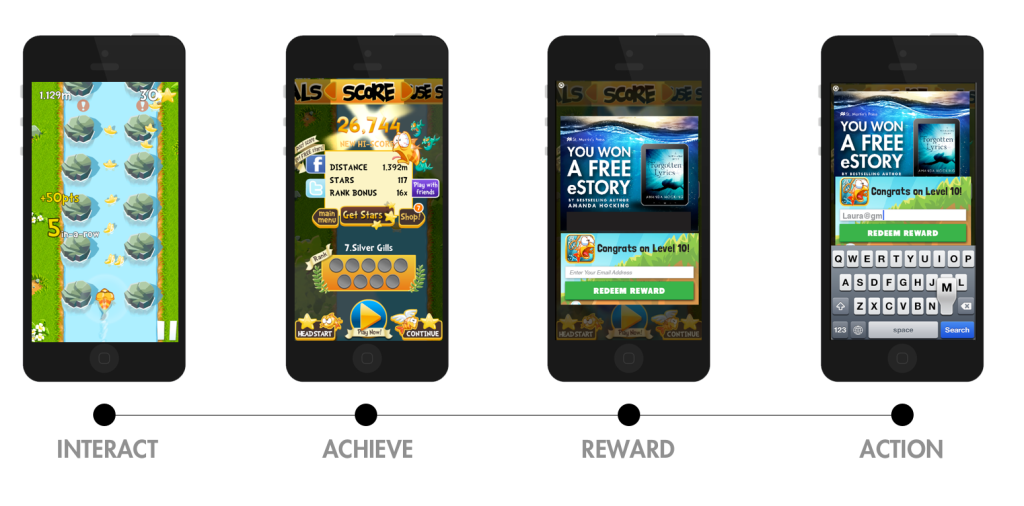Lessons from PaeDae’s Monetization Challenges
The following is an Op-Ed by Steve Weiss, the Chief of Marketing Officer at PaeDae: a leading mobile monetization company. He also blogs at on traveling, user acquisition and can be reached at steve@paedae.com
The challenge of monetization is about more than dollars and cents – it is about continuously enhancing the user experience. Many developers steer clear of monetization solutions, fearing that they will turn off users and cause drops in retention and engagement rates.
However, when ads are presented as personalized they can have favorable implications for user experience and engagement. Below, I will share some data that demonstrates a positive correlation between the implementation of such ads and an increase in overall engagement.
In order to provide some context, PaeDae is a premium ad network that leverages a “reward ad spec” to help app developers monetize. One of the biggest contributors to our success is our commitment to ensuring that reward ads look native, and blend seamlessly into a user’s overall game or app experience.
During the process of gathering engagement data from our network, we conducted a split test around the usage of rewards and their effects on engagement. We used two different cohorts – one was shown rewards upon reaching specific milestones, while the other was not shown any rewards during the app’s life cycle.
First of all, we observed a 90% overall increase in minutes played by users who were shown at least 1 reward. Secondly, we found a 61% increase in overall retention, or instances in which a user played multiple sessions after the install. Finally, there was a 21% increase in overall plays per install when a user was shown a reward. These statistics demonstrate that effectively targeted rewards will incentivize a user to invest more of his or her time and resources into a particular app.
The takeaway here is that with proper user testing, rewards and other types of native, branded ads can raise overall user engagement rates and generate incremental revenue.
This case study aims to shed some light on monetization as a means to heighten user engagement rather than detract from it. Understanding and utilizing this type of advertising allows the developer an opportunity to further connect with users and earn their loyalty.










These figures look very interesting and underline that the concept of targeted and “meaningful” ads works. Based on todays analytics we are able to target people who like to play games (or a particular game) in their game when they have a feeling of achievement and relief (and not during a difficult level or intense moment of playing). For the user a coupon (ad) as a reward for the completion for challenging tasks is certainly more meaningful than giving out a point/badge for every little step. I loved this concept since I heard Kiip starting in this field.
Given the high numbers, is it possible to access the whole case study to see the numbers in detail? As this is a study from a business in the mobile monetization field I would love to know more about sample size, significance tests and so on in order to get more insight.
Edit: The company link seems to be not working
This is very interesting, are these ads only available for mobile apps? or could they also be used for web platforms?
By the way, the first link does not work.
I’m afraid I don’t understand. How is the ad a reward? They got a free story, is it considered an ad because in order to get the free story they have to go to the web site, and therefore it’s an ad for that website? What if there wasn’t a tangible reward a part of the ad? Wouldn’t the ad be as effective if it gave out free books elsewhere, not part of the game? I guess I just need more explanation.